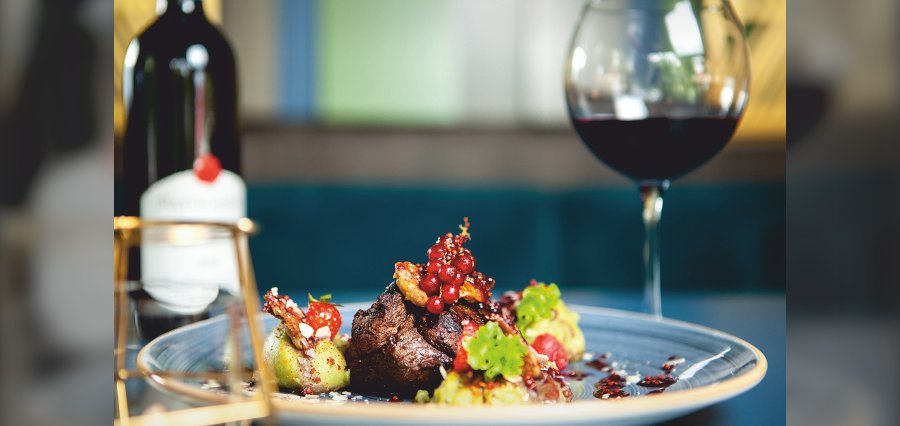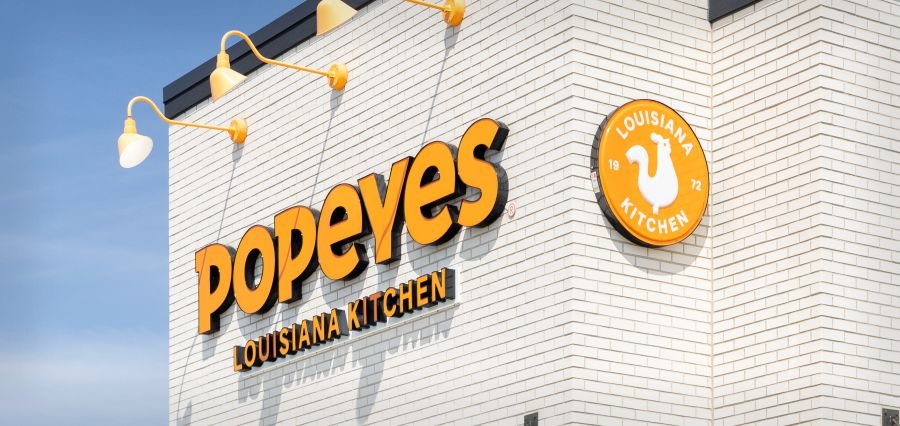Shaping Food Trends
Dining has become much more than the pursuit of taste. Around the world, restaurants are creating food experiences that reflect values like sustainability, innovation, and personalization. As people grow more aware of their health and the environment, the food industry is responding with creativity and purpose. From climate-friendly menus to interactive experiences, modern dining shows how food can connect, inspire, and sustain.
This article explores how restaurants are changing dining through sustainability, plant-based dishes, local traditions, new technology, and better food safety.
Climate-Conscious Menus and Responsible Practices
Sustainability now defines how many restaurants operate. Diners are interested in the origin of the food, the way it grows, and the impact that it has on the planet. In retaliation, restaurants prefer products that are local, seasonal and organic. Collaboration with local farmers lowers the emission rates of transportation and guarantees healthier and tastier meals.
The other aspect that chefs concentrate on involves minimizing waste, extracting all parts of vegetables and meats, making sauces or broths out of scraps, and coming up with innovative means of achieving zero waste. Some menus even share a dish’s carbon footprint, helping guests make eco-friendly choices. Sustainability has become more than a trend; it’s a lasting commitment shaping the future of dining.
Expanding the Horizons of Plant-Based Cuisine
Plant-based food has moved from a niche idea to a major part of modern dining. What began as a response to environmental and ethical concerns has become a space for creative cooking. Vegetables, grains, legumes and seaweed are now used creatively and deliciously in restaurants.
It is not a meat-cutting change, but a transformation of taste. To make plant-based dishes appealing to all, chefs resort to techniques such as fermentation, smoking, and the addition of textures. Plant-forward is one of the most dynamic trends in the modern world, as this approach glorifies sustainability and flavor.
Celebrating Authenticity Through Regionalism
As global cuisines blend, diners increasingly look for authentic food that tells a story. During the pandemic, restaurants have gone back to their roots, searching for local ingredients and old methods like stone-grinding grains, fermentation, and open fire cooking.
This focus on regionalism keeps culinary traditions alive, supports small producers, and deepens cultural appreciation. By highlighting local flavors and ecosystems, these restaurants protect food heritage while blending traditional skills with modern creativity.
Personalization and Immersive Experiences
Technology is changing how people experience food. Personalized dining, once rare, is now common as restaurants tailor menus to individual needs. Dishes can adjust to dietary preferences, allergies, or even mood, making each meal unique.
Some places now offer interactive menus or digital stories that unfold as the meal progresses. These innovations add excitement and emotion to dining, turning it into a full sensory experience. Technology enhances creativity and connection, making each meal more memorable.
Strengthening Food Safety and Building Trust
Even as dining becomes more creative, food safety remains essential. Updated global regulations help restaurants manage risks and maintain traceability from farm to plate. Those following international standards such as BRCGS and ISO 22000 show a strong commitment to hygiene, accurate labeling, and consumer protection.
By being transparent about sourcing and preparation, restaurants build trust with their guests. Customers are seeking both adventure and a guarantee, and safety measures are the way to remain confident and credible.
Dining as Performance and Emotional Connection
Dining has evolved into an art form. To create the emotion and curiosity, chefs design their menus that appeal to all the senses, sight, sound and smell. They engage the diners in the creative process through tasting menus, intimate spaces and open kitchens.
It has turned into a personal experience. Meals are communal experiences through theatrical performances, music, and visuals. Restaurants have ceased to be simply a place to eat; now they become a cultural stage, where food narrates a story and allows imagination to play.
Conclusion
The future of dining belongs to those who see food as both nourishment and expression. Restaurants are establishing new standards in the industry by prioritizing sustainability, plant-based creativity, regional authenticity and considered application of technology. Their attention to safety, transparency, and experience shows how dining can combine purpose with pleasure.
Culinary restaurants now lead this transformation. They are redefining what it means to eat well, not only through taste but through care, creativity, and connection. In doing so, they are shaping a dining culture where every meal reflects a more thoughtful, responsible, and imaginative world.






